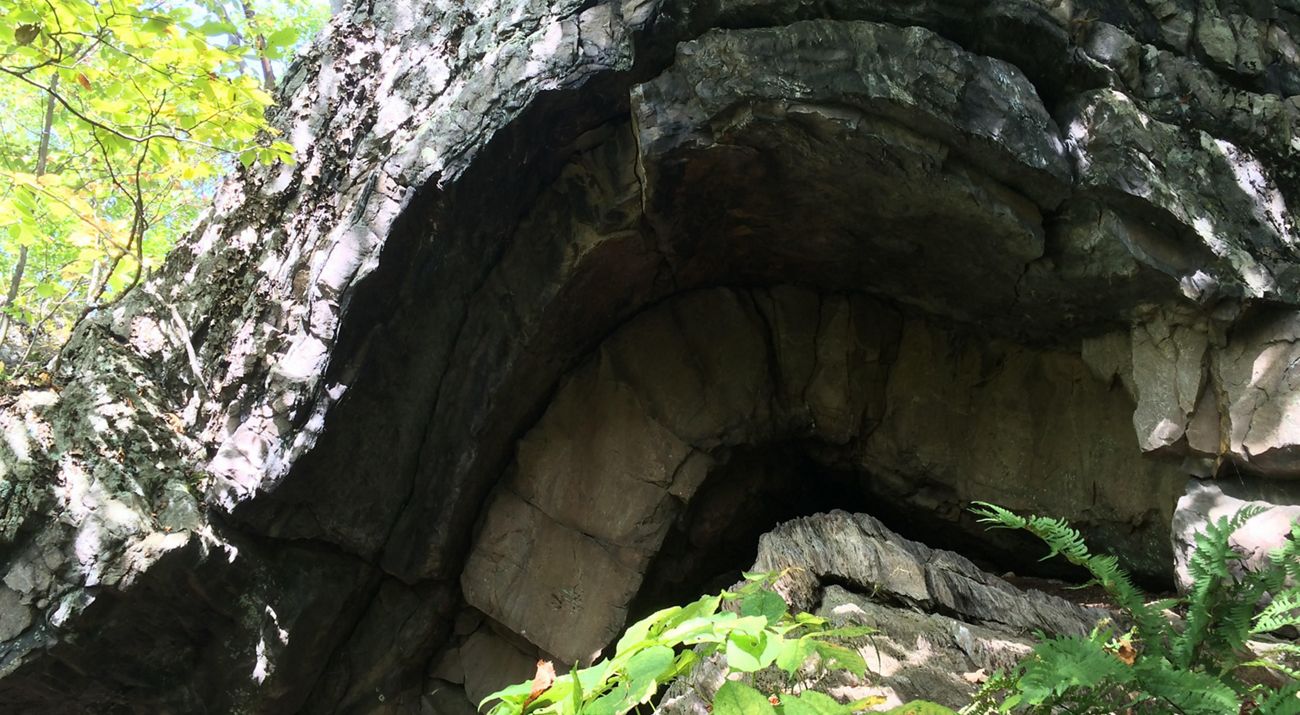Description
Overview
The continental ice sheet started melting roughly 15,000 years ago, deepening glacial Lake Vermont, and turning 800-foot-high Raven Ridge into a refugia—an island of dry land encircled by icy waters. Today, Raven Ridge is still a refuge, a craggy green oasis perched above a sea of civilization in the Champlain Valley. It remains a place where bobcats, ravens, and federally endangered Indiana bats find seclusion.
In 1991, Vermont ecologists recognized Raven Ridge as biologically state-significant, something neighbors had long known. Raven Davis and Ed Everts, for example, homesteaded here back in 1973. “We were attracted by the ledges. Beautiful, overgrown with mosses, rising like the walls of an old city,” Davis recalls. Raven Ridge boasts an astounding 142 bird species.
In 2009, The Nature Conservancy joined with the Vermont Land Trust and Vermont Housing and Conservation Board to purchase a 201 acre parcel and accept a 165 acre donation from Raven Davis and Ed Everts, creating TNC’s 363-acre natural area.
If Raven Ridge could be described in one word it would be diversity. The calcareous cliffs, outcrops and caves, vernal pools, shrub swamps, cattail marshes, seeps, plus streams like Lewis Creek, all offer extraordinary habitat. Raven Ridge’s diversity is enhanced further by its landscape connectivity. More than 1,600 acres in conserved land are nearby, properties that together serve as a forested wildlife corridor stretching between TNC’s Shelburne Pond Natural Area to the north and Bristol Cliffs Wilderness to the south, and to a lesser degree, between the Green Mountains and Champlain Basin.
